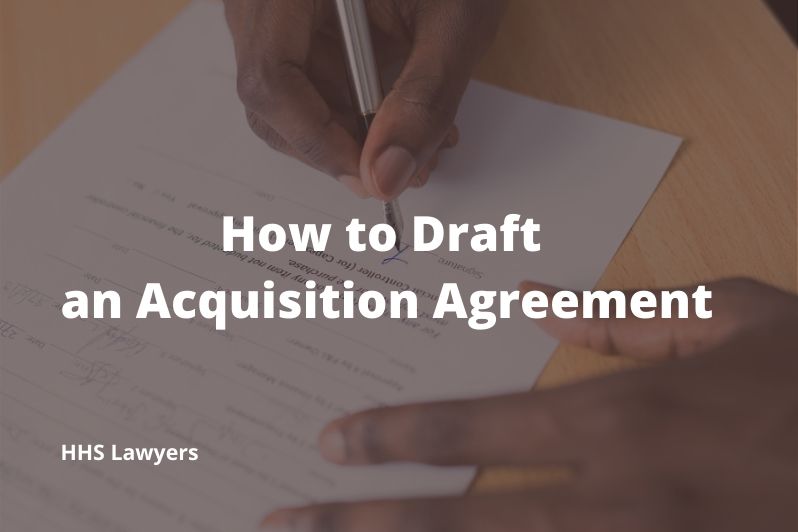Businesses can get into a lot of trouble when purchasing or putting a business for a sale. Leaving items out of the acquisition agreement in UAE, including intangible and hard assets and liabilities, results in problems following the sale going through. The terms for payments are some of the critical aspects of an acquisition contract. As it is drafted, there is a need to ensure that parties involved know and understand exactly what they’re getting during the time of the signing and in the future.
Warning: it’s wise for a business to seek the guidance of a reputable and seasoned attorney in the drafting of an acquisition agreement in UAE in order to make sure that nothing of importance has been left out and all consequences have been assessed.
Step 1: Define the parties involved.
When drafting an acquisition contract, it is absolutely important to accurately provide a list of parties and their important information in order to avoid confusion. Both the buyer and the seller have to provide their complete name and full address and other business affiliation, if applicable. For instance, the contract should state: “The following is an agreement between Mohan of Nair and Associates LLC located in Al Rigga Dubai, UAE and Bilal of Floral Shop Life located in Burjuman, Dubai, UAE.
When signing the acquisition agreement, the signatories have to use their titles following their names in order to provide them with protection from a lawsuit. To give an example, use “Mohan, Owner, Nair, and Associates LLC. The names of the parties that are involved including the partners of the sellers and the buyers that hold an interest in the contract and transaction have to be included.
Step 2: Make a list of the items that are included.
Make a list of the items that are included in the transaction. This can include the business records, name of the company to be acquired, physical assets, goodwill, patents, marks that are registered and owned, trade secrets, inventions, inventory, and licenses among others in which the business utilizes in order to conduct its operations. If it is possible, there should be a list of the assets of the business which are categorized by item and quantity.
For instance, if the transaction involves the sale of a restaurant, there should be an indication for the number of chairs and tables, refrigerators, ovens, cutlery, staff uniform, and other items that the seller plans on trying to take or leave to the buyer. Include the liabilities also such as bank loans. Of course, accounts payable have to be presented in the agreement. Include a clause for non-compete that may be agreed by both parties in order to prevent a seller from competing with the sold business after its acquisition.
Step 3: Create a disclosure provision.
Include a disclosure provision which requires all the parties that are involved to state all that they’ve disclosed regarding lawsuits, debts, fines, obligations, and more are complete. This is going to make the seller the party that is responsible if there is an undisclosed liability that the buyer discovers following the sale. This will also protect the seller that is financing an acquisition from a buyer that has undisclosed bad credit. There should be a statement from both the seller and the buyer that they are legally the owners of the business that they are representing which allows them in making the sale or purchase.
Step 4: List all the same terms.
Include the sale terms which may be how the payment will be given to the seller and the dates of payments. If the payment will be made by the buyer in installments, this has to be specified as well and if the payments would be made by check, electronic transfer, credit card, or cash. Also, if the seller finances a part or all of the acquisition, it should be stated as well as the interest rate. If applicable, state if a deposit would be one of the requirements. Basically, the details that are involved with the process of paying the acquisition should be in the contract.
List any agents or brokers that are involved with the transaction and other financial institutions that are facilitating the sale. Add a clause that details how and where disputes are going to be resolved. For instance, there should be a local court indicated which will be where a lawsuit is going to be brought as well as if the parties that are involved wish to have disagreements handled by a mediator or an arbitrator in UAE.
Step 5: Include a space for the date and signing of the legal document.
Require all the parties that are involved with the acquisition in UAE to date and sign the legal document. As soon as you have drafted the agreement, the attorney of the seller and the legal representative of the buyer will review the contract prior to its signing. Each section of the agreement has to be reviewed thoroughly. Have each signatory write on multiple copies in order for the parties involved to have original copies.
If you want to know more about acquisition agreement drafting in UAE, call us here in HHS Lawyers!

